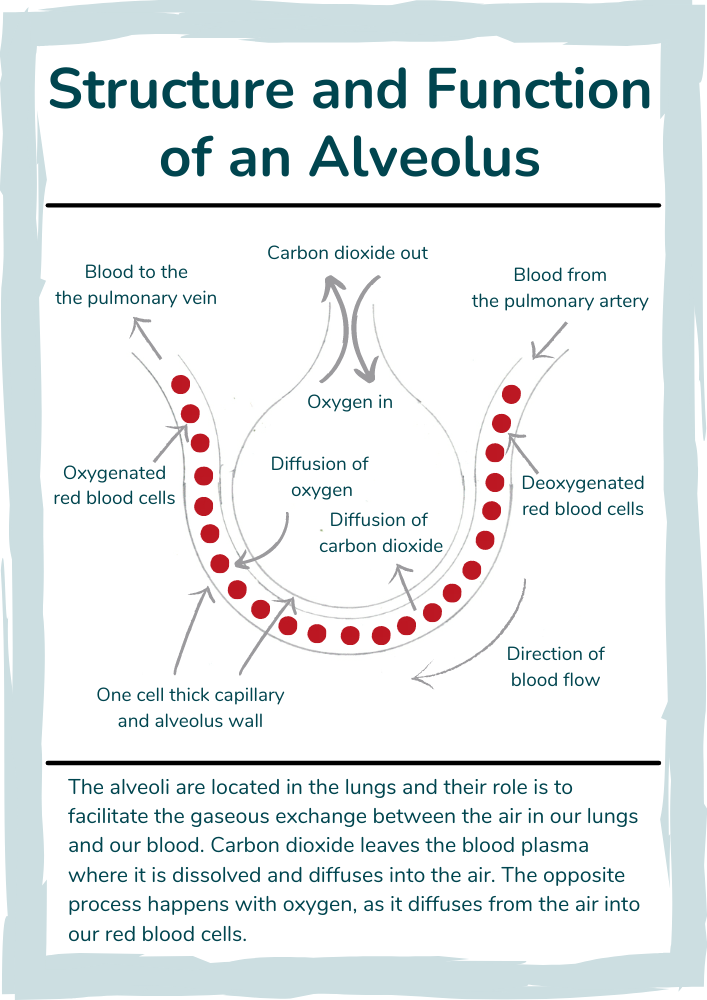Do you know how oxygen enters the lungs?
Exchange of Materials Quiz
Good Luck!
Transportation of Substances
All living organisms need to transport substances into and out of their bodies. Some of the things that need to be transported include oxygen, which is needed for breathing, and carbon dioxide, which is a waste product of breathing.
Water and dissolved food molecules also need to be transported, along with mineral ions and urea. Urea is a byproduct of protein metabolism, which is excreted by the kidneys in mammals and can be found in blood, urine and other bodily fluids.
Exchange and Transport Systems
In multicellular organisms, cells need to exchange substances with each other and with the environment. To do this, they need exchange surfaces and a transport system.
The exchange surfaces are the parts of the organism that come into contact with the environment, such as the skin or the leaves of a plant. The transport system is the way that substances move from one part of the organism to another.
An important concept related to this is the Surface area to volume ratio, which means that the larger the surface area of a cell or organ the better the transport of molecules. A large surface area to volume ratio in cells or organs permits better transport of molecules, thus is crucial for proper functioning.
How are Alveoli Adapted for Gas Exchange?
- The wall of each alveolus is only one cell thick, this reduces the distance for diffusion.
- Alveoli have a large surface area to volume ratio which increases the surface area available for diffusion.
- The walls of alveoli are moist which allows gases to dissolve, improving the rate of diffusion.
- The walls of alveoli are permeable, allowing substances to pass through them.
- The alveoli are surrounded by capillaries, these provide the carbon dioxide and remove the oxygen.
What is the Function and Structure of Alveoli?
Alveoli are found in the lungs where they are responsible for the gaseous exchange that we need to survive. We primarily exchange oxygen and carbon dioxide in order to perform aerobic respiration which gives us the energy we need to grow, reproduce and repair our tissues.
Alveoli are one of many types of tissues that are adapted to have a high surface area to volume ratio which is calculated with the following equation:
Surface Area / Volume
The main benefit of having a high surface area to volume ratio is increasing the rate of diffusion by creating a larger area where diffusion can take place. Another place where you can see this in action is in root hair cells which are tasked with exchanging nutrients with the soil via active transport.

Take a look at the diagram on the right which shows the structure and function of an alveolus (the singular form of alveoli).
We hope you have enjoyed this Exchanging Materials Quiz and have learned more about the adaptations of alveoli.
